Creating a Smart Community Energy System at Osney Island, Oxford
How can we move from Osney Supercharge to a Smart Community Energy System for Osney Island?
One of our legacy projects, Project LEO, provided a fantastic platform for allowing Low Carbon Hub to work with communities across Oxfordshire to support them in playing a proactive role in being part of our transition to Net Zero. Osney Supercharge was one of these Smart and Fair Neighbourhood trials: it took place with residents of Osney Island, a riverside community in west Oxford, where we recruited a group of households and businesses who had either existing solar panels, batteries or both or they had these installed for the trial. Participants agreed to share data with us on how much energy they generate and use throughout the day, using smart technology.
Over the coming year we will be looking at how to build on the information platform that we have built for Osney Island into a demonstrator Smart Community Energy System (SCES). The concept of a SCES is that households and businesses in a geographical area where they are connected to the same electricity Primary Substation 1 can organise themselves (with help from Low Carbon Hub and our partners) to ensure their electricity is as cheap and clean as is possible and avoid the need for costly electricity network upgrades. This involves being flexible in the timing of when they use their peak electricity loads to make the most of the renewable energy that they generate locally.
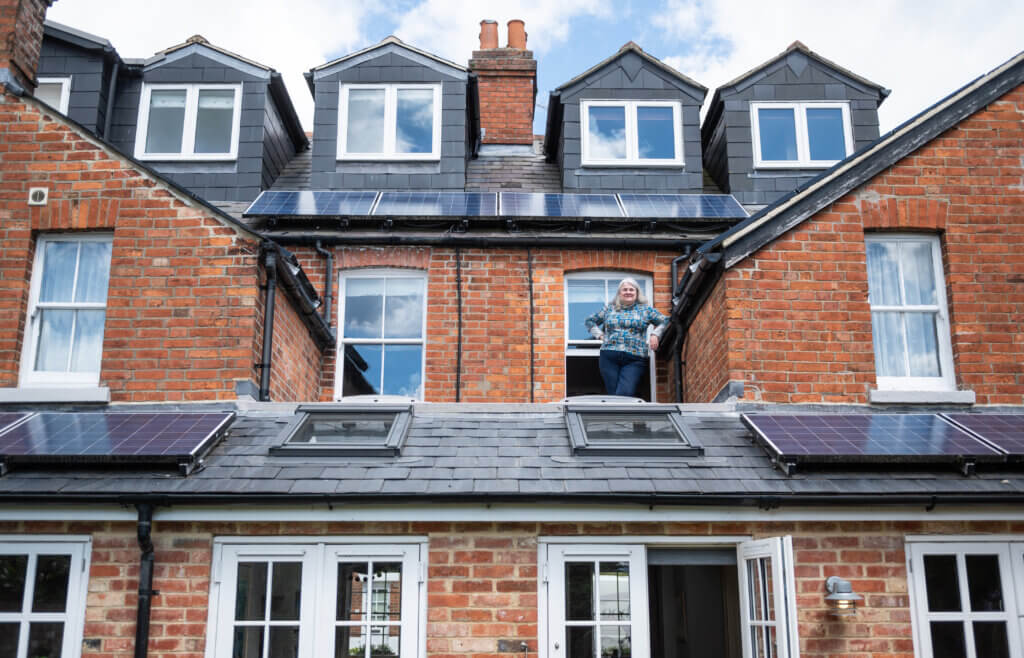
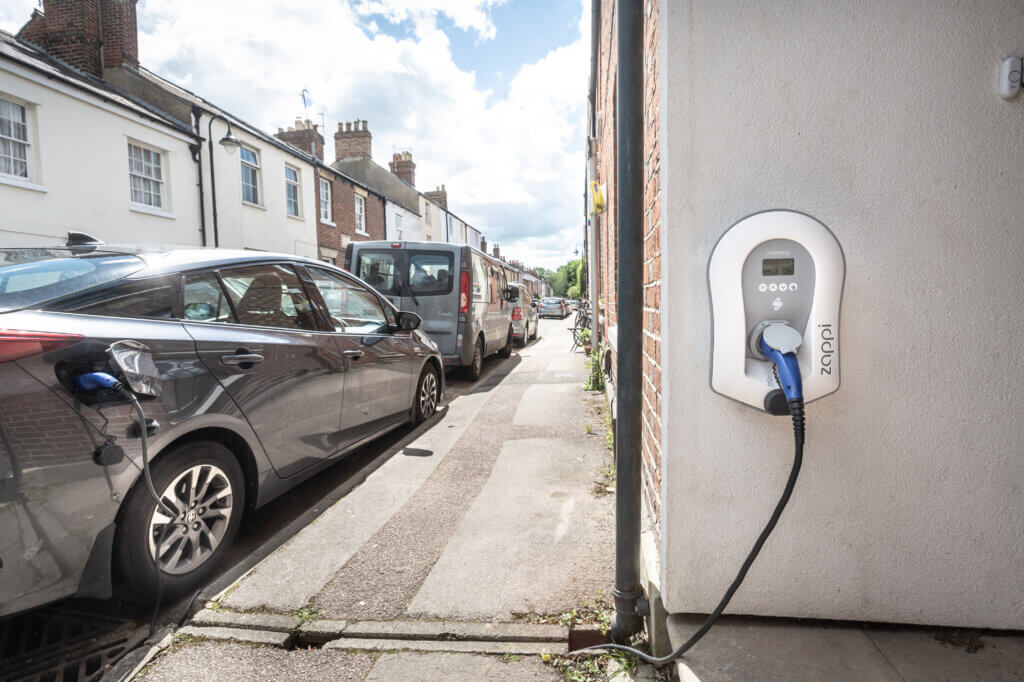
Integrating community-scale batteries and having a network of individual domestic batteries are likely to play an important role in balancing when renewable energy is generated locally and when it can be used to meet peak demands locally. For example, where there is a significant number of households involved in a SCES, electricity generated during the day from PV panels can be stored in batteries and released to meet the peak evening load between 4-7pm.
A key element that we need to put in place is an energy trading mechanism that allows trading between residents and businesses on Osney Island, including the community owned Osney Lock Hydro. This will mean that working together will result in collective benefits for those taking part , working within the limits of the clean, green energy that can be generated locally.
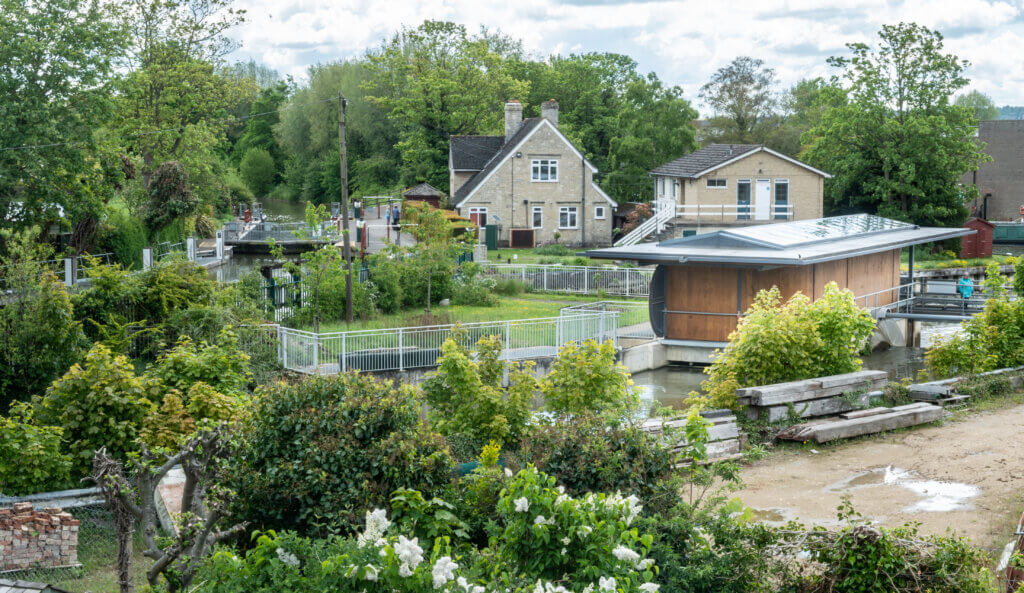
There are some early example of successful local energy trading schemes, for example Energy Local in Bethesda. The rules governing these types of trading schemes are being updated at a national level to encourage more schemes of this type and the Low Carbon Hub is playing an active role in supporting those changes.
Through Project LEO we have been able to show how communities are not only willing, but also able to benefit from additional benefits which Smart Community Energy Systems (SCESs) can provide. For example, changing patterns of energy use proactively, on the basis of energy generation and usage forecasts, can reduce the size of the peak demand for electricity in the area. This has the potential for huge savings for all of us in terms of the money we spend on upgrading our electricity network (which makes up a proportion of our energy bills). Our energy system was designed as a “dumb” centralised grid, and it needs to be transformed into a smart grid that is:
- optimised for an energy system that is based on renewable energy generation
- which is decentralised
- and often located where there are grid capacity constraints.
This means that the more we can do to balance local generation and demand through SCESs, the less we will all need to pay to upgrade the network.
Hence, we need to layer ways in which participants in SCESs can interact with the energy system. Alongside financial trading routes that allow the local generation to be used locally, communities should also have an active role in altering their patterns of energy consumption to match times when the energy they consume is at its lowest carbon intensity. It is also important to ensure that a low price is linked to that low carbon intensity.
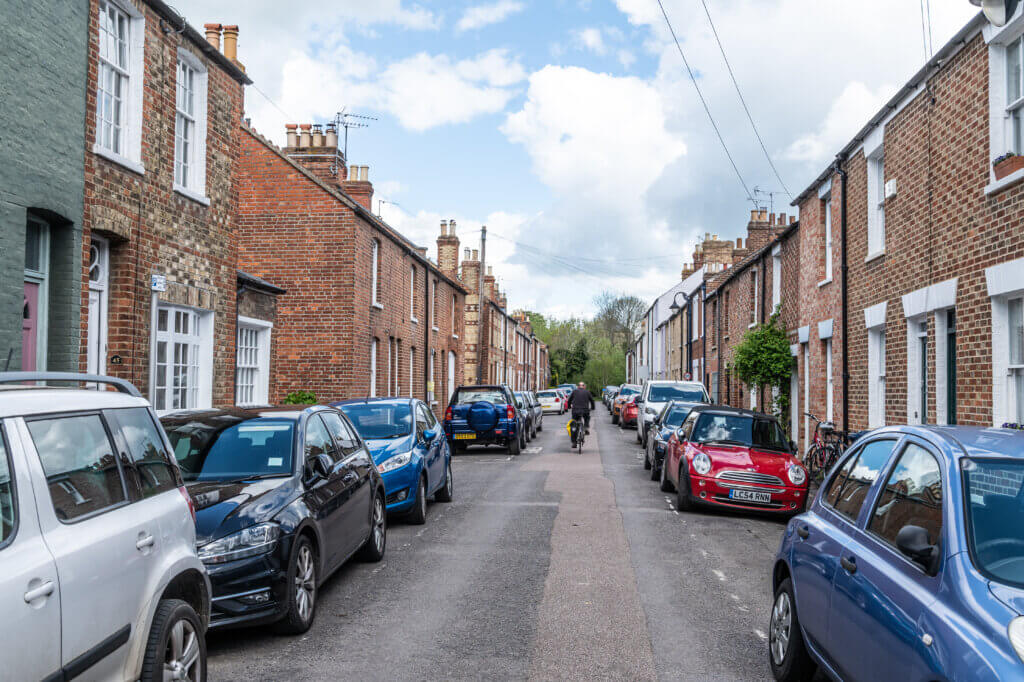
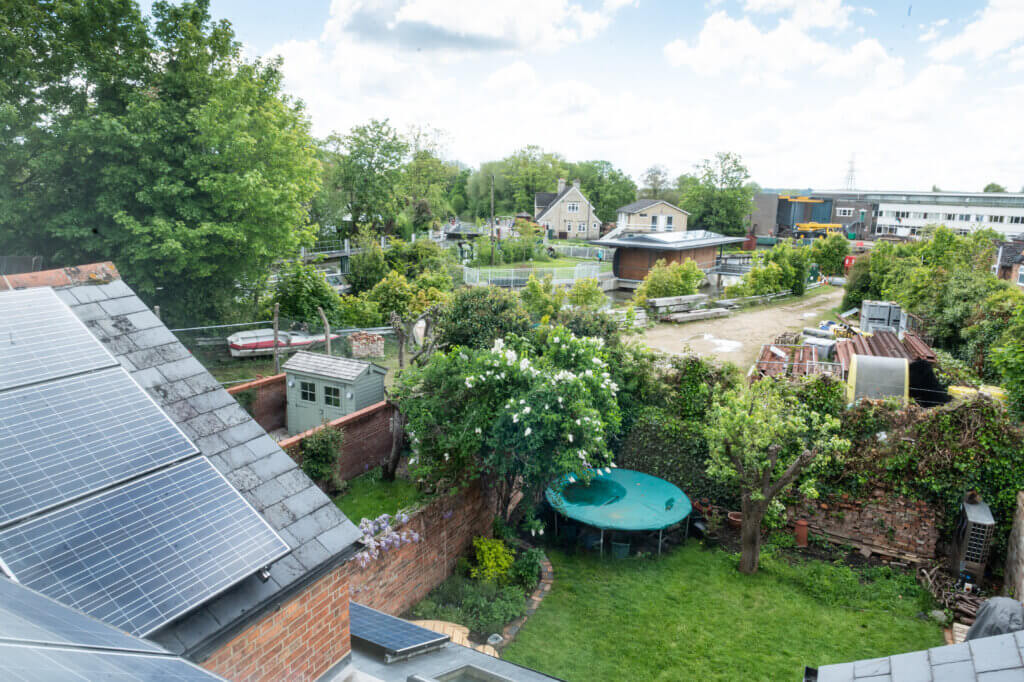
If the energy market was to be designed now, that link between low price and low carbon intensity from renewable energy generation would be hard-wired in. As it is, our current broken energy system has decoupled that link because of the commercial relationship put in place between wholesale electricity prices and gas prices. The SCESs we put in place will break that link. People using locally generated green electricity will be paying less for their energy under a SCES than those who have no regard for where and when their energy comes from. This is a key part in aligning incentives to help get us to a Net Zero energy system.
To do this we will be bringing together the sort of information dashboard that we created for participants in Osney Supercharge, with the energy trading and billing platforms that underpin the sort of scheme in Bethesda, and systems that allow energy demand to be dynamically adjusted to make the most of local energy generation.
It sounds simple, and indeed we have shown in Project LEO how all the component parts exist. However, all the existing processes and regulations have been put together for a centralised, top-down energy system. While many of those systems have been put in place specifically to protect consumers’ interests, it is within a framework which expects households and business to be passive participants. That means that where we want to put in place ways in which people can be rewarded both financially and in terms of reducing their carbon impact, we are coming up against barriers to people being able to access their own data and share it with others with the same common purpose.
It is a challenge, and it is change management task that needs to be done at a pace that many organisations are not comfortable with. However, with the appetite for real change that we can demonstrate through working with communities such as Osney Island we are looking forward to implementing the next stages of a Smart Community Energy System over the next 12 months.
Footnote(s)
- One of the main roles of substations is to convert electricity into different voltages. This is needed so the electricity can be transmitted throughout the country and into our homes, businesses and buildings. A primary substation will drop the voltage from 33kV to 11kV. There are around 5,000 of these across the UK and depending on how densely populated the area is they can supply between 5,000 and 30,000 customers each. The final phase is the distribution substation (or secondary substation), which drops the voltage from 11kV to 400/230 volts, which is the voltage that businesses and home owners use to run electrical devices. There are around 230,000 of these secondary substations, such as the one on Osney Island, and they can each supply up to around 500 customers down to a single large non-domestic customer.
